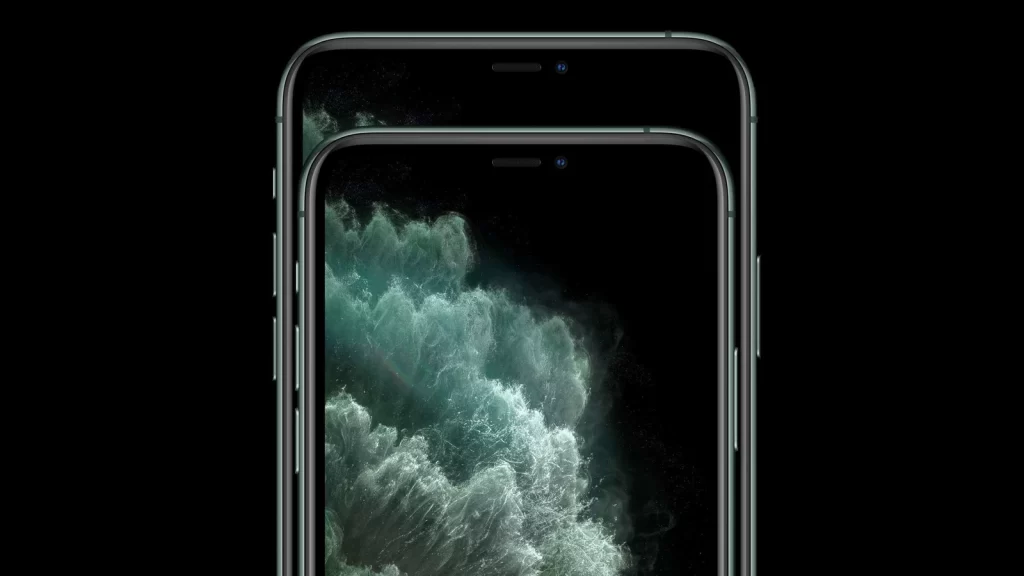The world is embracing wireless technology, from mobile phones to charging. But the iPhone 15’s MagSafe wireless charging capability maxes in at 7.5W.
This could be changed by the time Qi2 is introduced. brand new standard open for use called Qi2. It’s based on Apple’s MagSafe which includes the halo-like rings of magnets which snap chargers into place.
Faster Wireless Charging
Wireless charging is a useful option that allows you to connect your mobile or tablet without the need for a cable. This can be faster than traditional wired charging, especially if you are using a quick-charging tablet or stand. They can usually charge up to 50 percent within 30 minutes, or fully charge within 90 minutes.
However, it’s important to understand that there aren’t all wireless chargers all created equally. Make sure you choose the one that has a higher wattage for a better idea of whether it’ll allow you to charge your gadget at the fastest rate possible.

Apple’s latest iPhone 15 phones will support high-speed wireless charging, up to 15W. However, only MagSafe and MFi (Made for iPhone) accessories are capable of reaching this rate. According to a new research report by ChargerLab an energy specialist website that has a solid experience, this marks an important U-turn for Apple, which previously limited open wireless charging standards to 7.5W and only offered its MagSafe technology. MagSafe technology for 15W.
Battery Health Management
An innovative feature in the iPhone 15 series might help keep battery health in check. The feature, which is expected to be integrated into the battery settings menu allows users to define an upper limit on the charge level of their battery. Should the set threshold be to 90%, for instance it will cease charging after it hits this threshold. Apple already offers a similar option, known as Optimized Battery Charging. This feature recognizes patterns in the user and then automatically stops charging at 20% at around the time users typically unplug their devices.
An additional report by 9to5Mac shows that iOS 17 RC also hints at an upcoming system for monitoring the health of batteries. This will allow users to determine when their device’s battery was built and when the battery first began being utilized, as well as the battery’s count of cycles. This feature will be an excellent supplement to the section on battery information in the Settings app. The new feature might be limited on the iPhone 15 range as it needs MagSafe to be compatible for its use.
Compatible using MagSafe accessories
The iPhone 15 is equipped with some hard-to-miss upgrades, but there’s a new technology that may prove more appealing. The company’s latest Pro models can support Qi2 which is an open wireless charging technology that uses magnets instead of induction.
Qi2 will open MagSafe to third-party companies so you’ll be seeing MagSafe accessories in the marketplace at affordable cost. In addition, Qi2 will enable charging for new iPhones with upwards of 15W. That’s significantly more than Apple’s 7.5W standard.
Protect the iPhone 15 safe and stylish with this sleek MagSafe case by PITAKA. It’s constructed of light but robust aramid fiber and utilizes 3D Injection Molding Labeling technology that allows you to apply MagSafe labels without weighing it down. Plus, it comes with the MagEZ Car Mount Pro to permit you to place your mobile in any position while driving. There’s also an extra cable strap in the rear that keeps your cord within range.
Green wireless charging
Since the beginning of time, many people had wondered when the gadgets will eventually be able to cut the cord, and wireless charging represents a significant advancement in that direction. The technology allows users to recharge their devices without a power cable, but it is also able to transform other devices, like cordless TVs, long-lasting medical implants, as well as battery-free factory equipment.
The use of a charger that makes use of wireless induction to charge a phone or another device cuts down on the need for energy as well as wasteful wires, which helps reduce environmental impact. This also reduces the burden of unplugging and connecting cables that can wear out cables and ports with time.
Some companies are taking advantage of the opportunity to create sustainable wireless charging devices. Like Reveal’s Nature Tech collection features minimalist design inspired by nature that reduces waste and are made of cork or wood which is which is a renewable material. These charging stations can support up to 15W wireless charging of iPhones and other Qi-capable devices.
